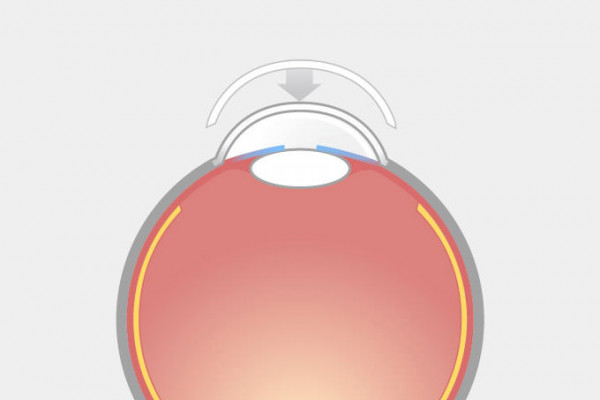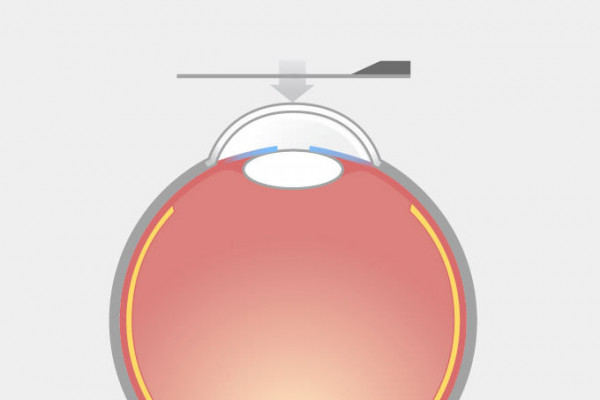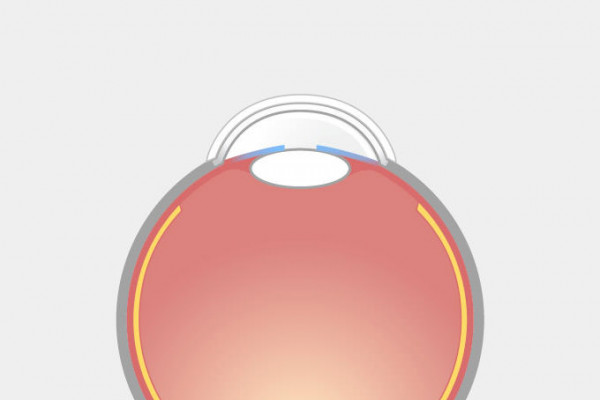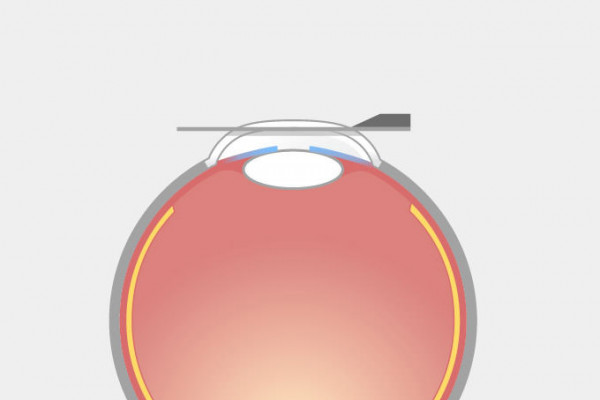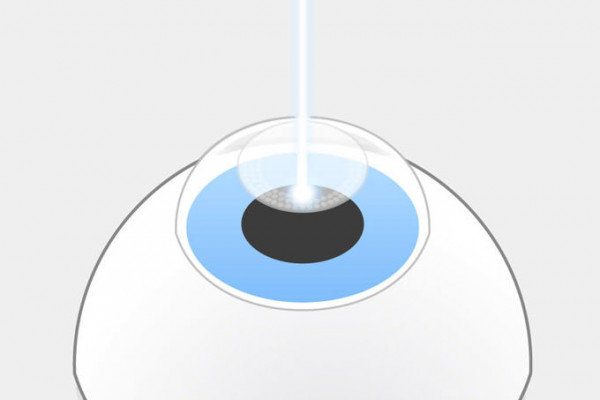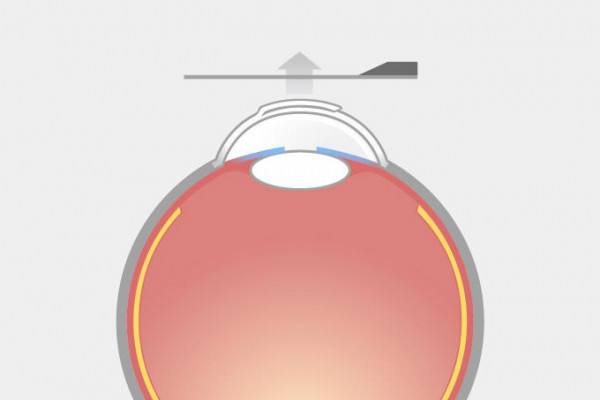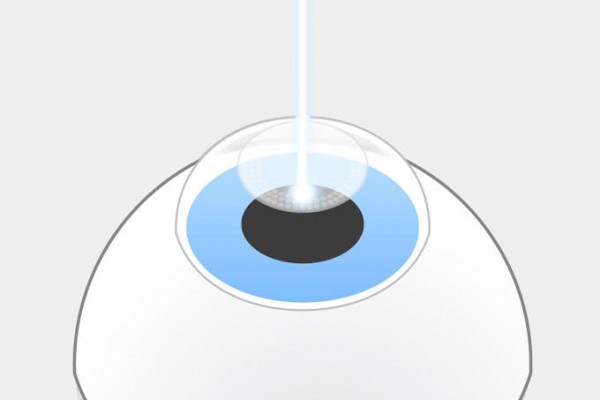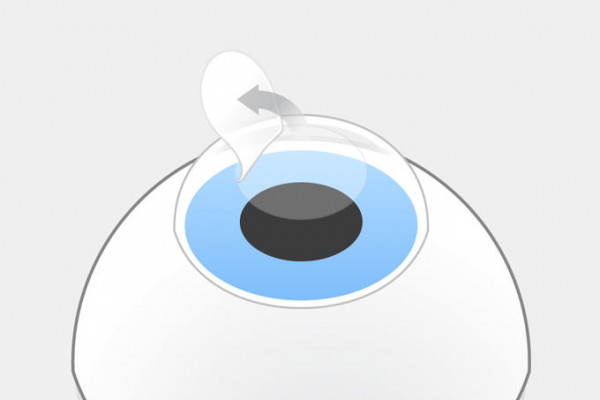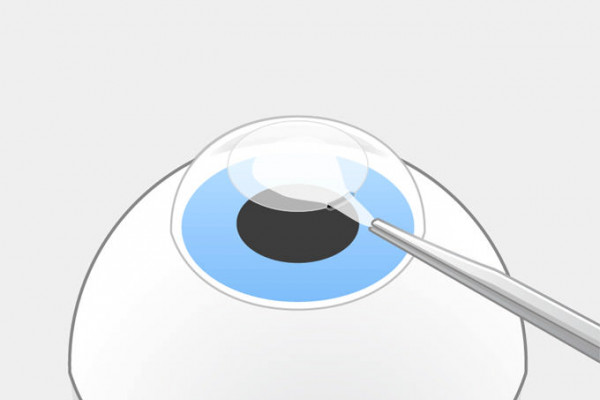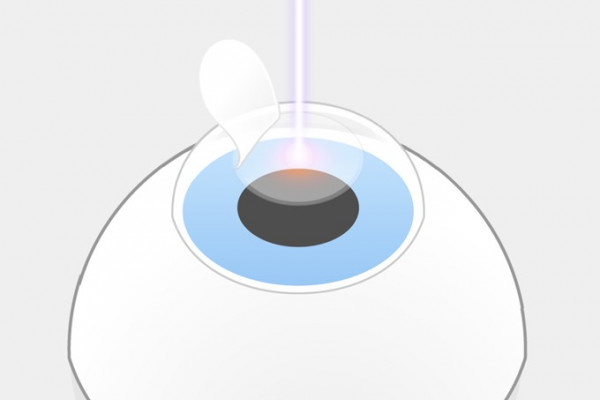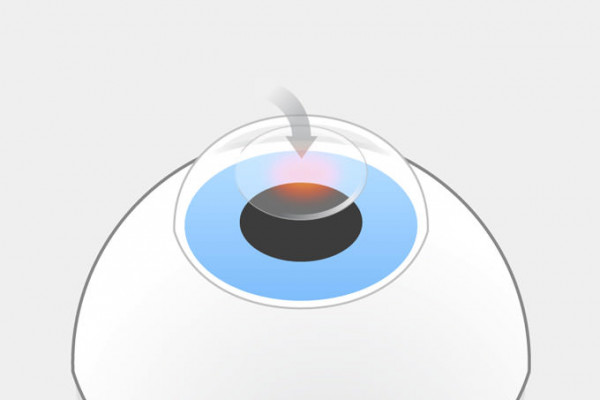We have contrasted the individual treatment steps of the gentle eye laser surgery with SMILE® and a conventional LASIK procedure in the images and descriptions below.
SMILE® or (femto-) LASIK: Which procedure is more precise?
Numerous clinical studies prove: The visual outcome of a SMILE® operation is just as good as that of femto-LASIK. However, SMILE® is superior to femto-LASIK with regard to safety: If there is no flap, there are also no flap-related complications like flap wrinkles, flap dehiscence (shifting) and dry eyes.
Globally, Dr. Detlev Breyer is one of the first users of SMILE® and already summarized his experiences and those of other pioneers in a professional article in 2013. His arguments and experiences have been proven time and again since then.
Compare both procedures step by step

Don't be scared of SMILE pro laser eye surgery.
Influencing factors - Precision - Effectiveness
„The treatment result of a SMILE laser eye surgery does not depend on the patient’s compliance.“
Dr. Detlev Breyer
In a LASIK procedure, the tissue removal depends on many external factors
SMILE and femto-LASIK or LASIK are two completely different eye laser surgery procedures for correction of ametropia. They are based on different physical principles. A comparison of the precision of the laser procedures has nothing to do with the lasers’ wavelengths. During the LASIK procedure, tissue of the cornea is vaporized with an excimer laser in a controlled manner. The amount of tissue removed depends on numerous parameters, e.g. humidity, water content and composition of the cornea, temperature and much more. The precision of the removal – and with it the predictability of the treatment result – is determined by controlling these parameters.
In SMILE, optics and focus size of the laser determine its precision
The femtosecond laser does not evaporate the tissue but cuts it with high precision. Therefore, its accuracy does not depend on similar parameters as those in LASIK or femto-LASIK. Rather, it is determined by the optics used and for example the focus size of the laser. Thus, correction of the ametropia can be controlled and predicted in a highly precise manner. Studies (see additional literature references below) have shown that the accuracy of eye laser treatment with Smile is absolutely comparable to that of the LASIK procedure.
SMILE allows for just as fine corrections as LASIK
The indication range of SMILE is comparable to that of LASIK for myopia for all intents and purposes: A sphere of -0.50 to -10.00 D, cylinder: 0 to 5.00 S, spherical equivalent: -0.75 to -10.00 D.
SMILE allows for reproducible results – regardless of the patient’s compliance
Since the vision correction of SMILE takes place within a closed system, i.e. while the eye is connected to the laser via the shaped contact lens, the visual outcome does not depend on external factors like e.g. humidity nor on the patient’s compliance.
In contrast to this, the compliance of the patient is essential during femto-LASIK and LASIK: During the laser procedure with the excimer laser, the patient’s eye is not fixed in place. To achieve an ideal visual outcome, the patient must orient the eye actively and without moving towards a point of light. An eye tracking system monitors the patient’s eye movements and interrupts the laser process if it is necessary. In this case, the laser process cannot be performed in one go so that e.g. the level of hydration of the cornea during the laser process is not the same at all times, and due to this alone, it is not possible to perform a correction as accurately predictable as in the SMILE eye laser surgery procedure.
Retreatment is possible after SMILE – but it is rarely necessary
Generally, retreatment is not necessary since predictability of the SMILE procedure is very good. There is one second treatment for approx. 100 patients. If another correction is necessary nevertheless, it can be performed either by femto-LASIK or by PRK which also does not need a flap.
The healing process after SMILE and LASIK

One advantage of the SMILE eye laser surgery procedure when compared to LASIK is that the incision area is much smaller. Therefore, the incision closes so quickly that 20 minutes after the operation, you do not have to take any precaution measures any more. You can go work out and even take a shower afterwards; also, you will not need an eye patch during the night.
The illustration shows the difference very clearly with an example of an optical zone of 6.5 mm: While the area in which tissue is removed during LASIK or femto-LASIK has a diameter of approx. 9 mm (yellow line) since a transition zone is also necessary in addition to the optical zone, a lenticule with a diameter of 7.5 mm only is prepared during the Smile procedure (thin blue line). While it covers the full optically effective zone of the eye, it does not have to be larger by as much as it is the case for the LASIK procedure. A ledge which might cause delayed healing is not created, however. On the contrary: The small opening of 2-3 mm heals a lot faster than a flap incision. Due to this, many flap-related complications of the LASIK procedure like flap wrinkles, flap dehiscence and dry eyes no longer occur. To achieve full quality of vision, you will have to be patient for approx. one day more after a ReLEx SMILE eye laser operation but the extra bit of safety is worth it.
What’s precious to you belongs in good hands
If you are interested in having the best vision without glasses, please feel free to make an appointment with Dr. Breyer for a non-binding individual consultation or preliminary examination. You can make an appointment by phone or e-mail. We are also happy to call you back. We are looking forward to your message.


